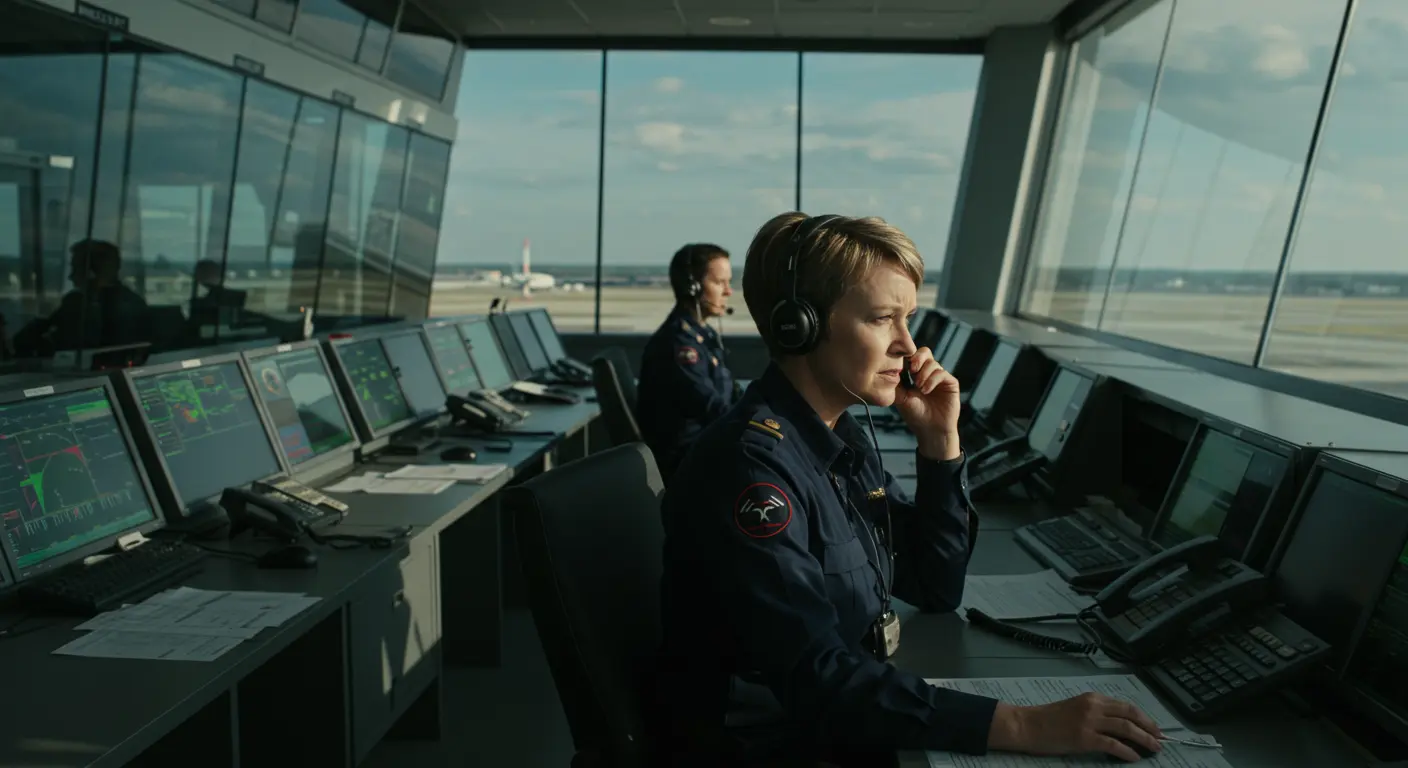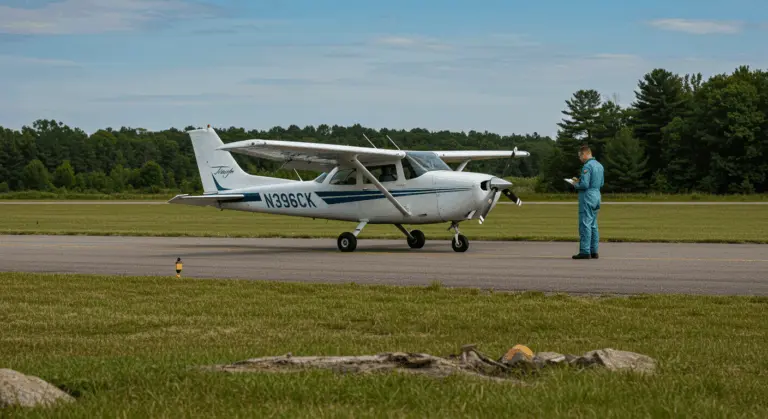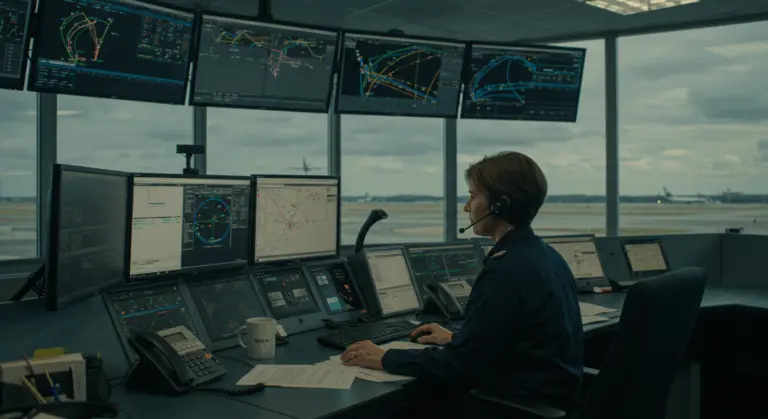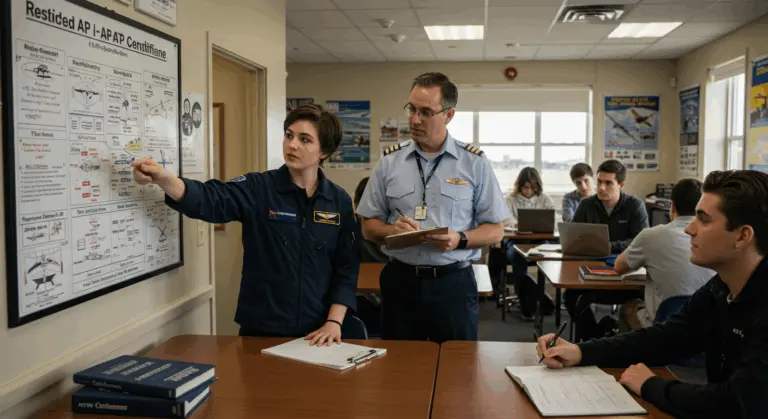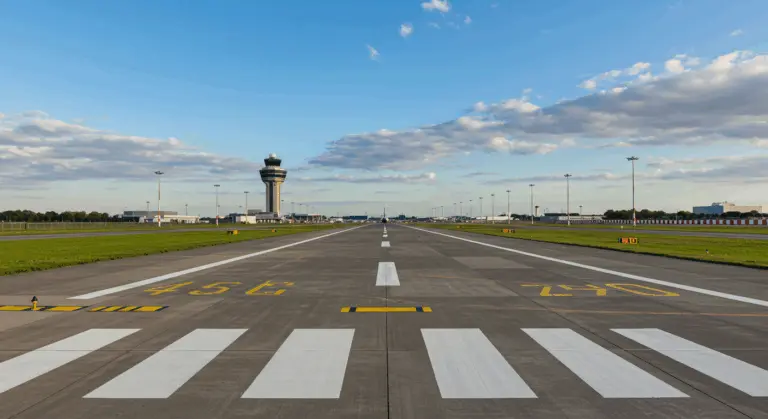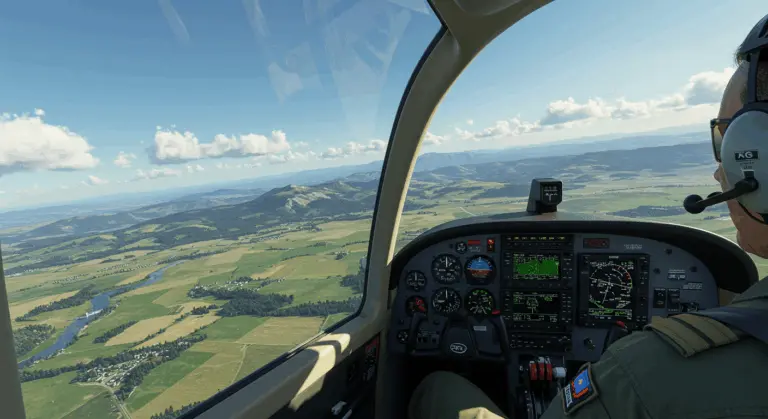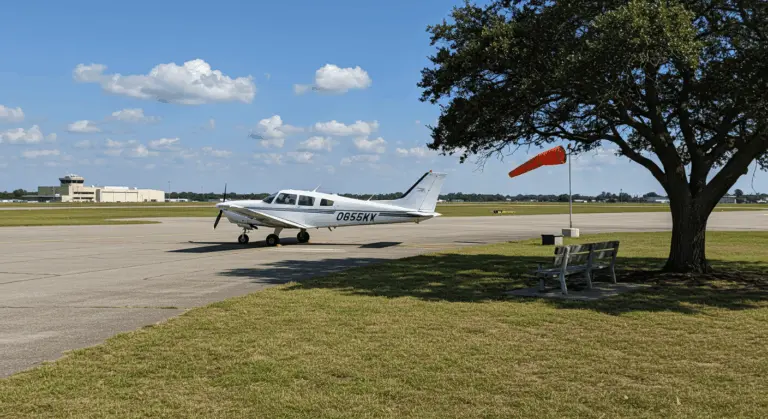Understanding Special VFR: Guidelines and Requirements
What Is Special VFR (SVFR) in Aviation?
Special Visual Flight Rules (SVFR) represents a specialized Air Traffic Control clearance that permits pilots to operate under visual flight rules when weather conditions fall short of standard VFR minimums. This regulatory provision offers crucial operational flexibility during marginal weather scenarios, acting as a bridge between conventional VFR and Instrument Flight Rules (IFR) operations.
This clearance finds its primary application in airport operations within Class B, C, D, or surface-extending Class E airspace. Pilots must request authorization from ATC, with flight visibility maintaining a minimum threshold of one statute mile.
Key Requirements for Special VFR Operations
-
ATC Clearance: Pilots must obtain a specific SVFR clearance from Air Traffic Control before operating in controlled airspace.
-
Weather Minimums (Fixed-Wing): A minimum flight visibility of one statute mile is required, and the aircraft must remain clear of clouds.
-
Airspace Limitations: Operations are restricted to controlled airspace (Class B, C, D, or E) that extends to the surface and must be conducted below 10,000 feet MSL.
-
Night Operations: For night SVFR, pilots must be instrument-rated, and the aircraft must be equipped for IFR flight.
-
Helicopter Operations: Helicopters may have more flexible visibility minimums but still require ATC clearance.
Minimum Visibility for Special VFR
SVFR operations require maintaining at least one statute mile of flight visibility while remaining clear of clouds. This differs from standard VFR requirements, which demand greater visibility and specific cloud separation distances.
How to Request a Special VFR Clearance
At towered airports, pilots initiate SVFR requests by contacting the control tower using standard phraseology: “request Special VFR.”
Non-towered airports within controlled airspace require pilots to contact the appropriate ATC facility—typically a TRACON or Center—responsible for that specific airspace. Controllers then assess current traffic patterns and weather conditions before determining whether to grant the SVFR clearance.
When making the request, be prepared to provide:
-
Aircraft identification
-
Position
-
Intended route of flight
-
Destination
-
Pilot qualifications and aircraft equipment (especially for night SVFR)
Timing is important when requesting SVFR authorization. Should you find yourself approaching an airport with weather conditions deteriorating below VFR minimums, initiate your clearance request before entering controlled airspace. This gives ATC time to coordinate and keeps your options open if the request is denied.
The Risks and Limitations of Special VFR
Special VFR provides important operational flexibility, but it also brings significant risks that pilots must carefully consider. Operating within marginal weather conditions requires careful risk management and sound aeronautical judgment.
-
Prohibition of IFR Entry: SVFR operates as a strictly visual clearance. Pilots must maintain visual contact with the surface and cannot legally enter Instrument Meteorological Conditions (IMC).
-
Increased Pilot Workload: Navigating in reduced visibility while communicating with ATC and avoiding obstacles greatly increases pilot workload and the risk of becoming overwhelmed.
-
Spatial Disorientation: Poor visual references increase the danger of spatial disorientation or Controlled Flight Into Terrain (FIT), especially dangerous at night operations.
Special VFR is a valuable tool in any pilot’s operational toolkit, but requires careful judgment. Understanding its requirements, risks, and procedures is essential when deciding whether SVFR is safe—or whether waiting for better weather or filing IFR is the smarter choice.

